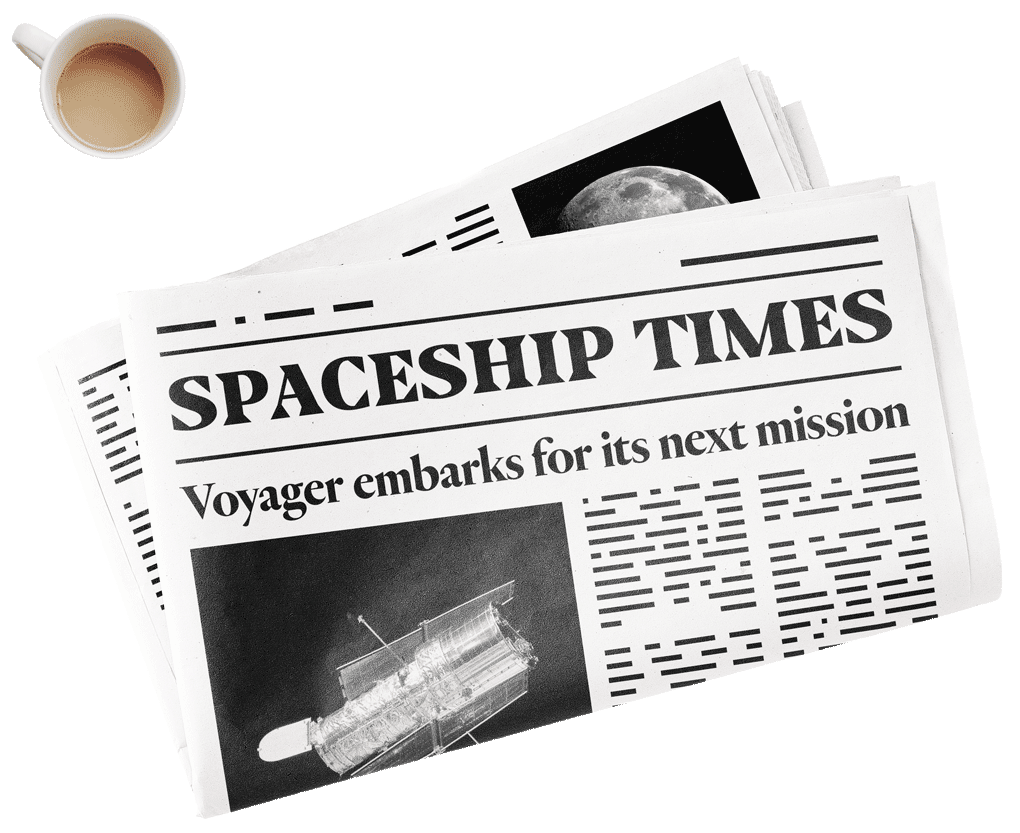Quick note on ride sharing
Last week we wrote about the ride sharing business model and how, with little control over driver supply and low switching costs, Lyft and Uber may struggle to make it to profitability.
Some sharp readers pointed out that Uber and Lyft invest heavily in research and development, and ultimately they are looking to create a fleet of driverless cars.
This will strip out the driver dynamic and allow them to control supply, which I most certainly should have mentioned in our top view analysis.
As it stands, Uber (for example) invested $US1.5 billion in research and development costs last year, including $US457 million for its autonomous vehicle program and other advanced tech.
If they succeed in developing another form of transport, which further disrupts the industry, it’s possible they could clip bigger tickets than they do now. And thus, perhaps enjoy profitability.
Conveniently, Uber last week released its S-1 filing ahead of its IPO.
(This filing is a registration statement for companies wanting to list their stock on a public exchange in the United States.)
The risk section is interesting, it says: “We expect our operating expenses to increase significantly in the foreseeable future, and we may not achieve profitability.”
I’m not sure if that means ever, but it does show to win the ‘future of transport’ game will be an expensive proposition.
These companies are hoping the public markets will be cool to fund that vision over the coming decades. Spaceship Voyager does not hold an interest in Lyft or Uber
Thanks for your comments, team, we live for that kind of feedback.
We bought some stocks!
Every quarter the Spaceship investment team reviews the stocks in our Spaceship Universe Portfolio.
And sometimes we decide to change them around.
But remember, we are long term investors.
We are not in the business of trying to pick or time the market, instead we look at the fundamentals of our businesses and decide whether or not we think they are going to continue earning money long into the future.
And every quarter we have the opportunity to make some adjustments.
We also rebalance the stocks in our Spaceship Index Portfolio.
When it comes to our Spaceship Index Portfolio, this is comprised of some of the largest companies in Australia and the world (by market cap).
So over the quarter, some companies will have grown and some will have shrunk.
Below are the explanations for why we’ve bought two companies in the Spaceship Universe Portfolio.
If you’re ever interested in why we hold a certain stock, you can head to your Spaceship Voyager App, or the website, and check out each and every company. We’ve explained what the business does, why we hold it and what some of the risks are.
It will help you seem smart at dinner parties, I can assure you.
Next week we’ll go through why we sold BWX and why Trade Me is out, though we’ve touched on BWX’s management struggles in this newsletter and the Trade Me take over in this newsletter.
If you’ve got any questions or comments, hit us up!
BUY: Volpara Health Technologies
Volpara is a company on a mission: to improve the early detection of breast cancer.
Given breast cancer is the most commonly occurring cancer in women (apart from non-melanoma skin cancer) — it’s estimated that in 2019, there will be more than 270,000 new cases in America, Volpara’s main market, alone — we’d say it’s a worthy mission.
The company is based in Wellington, New Zealand, and uses software created at the University of Oxford in England. But, being the truly global company that it is, the majority of its revenue (more than 80%) is generated from operations in the USA.
Well, Volpara has four products, all of which incorporate artificial intelligence (AI).
VolparaDensity provides software designed to help breast imaging centres. VolparaEnterprise provides software focused on breast imaging services. VolparaEnterprise DDP provides assessment of mammography and tomosynthesis exams. Finally, VolparaLive! is a system providing, as the name suggests, real-time feedback to technologists.
Why do we like it?
Volpara benefits from a “network effect”.
Essentially, every piece of customer feedback passed to Volpara allows the company to make improvements to its products. The more that Volpara’s technology is adopted and used, the more it can improve.
BUY: Cleanaway Waste Management
Cleanaway Waste Management is the largest waste management company in Australia.
They operate nearly 4,000 trucks and have more than 250 branches throughout the country.
The Melbourne-based company manages the whole waste process; from picking up the waste onsite, transporting it and disposing it.
They also manage the many different types of waste.
They have secure product destruction facilities, industrial services, hazardous chemical waste disposal, document destruction, bathroom hygiene services, medical waste, used oil and oily water, septic waste and a large focus on recycling.
Why do we like it?
Waste is an incredibly defensive commodity. No matter what’s going on in the broader economic cycle, it’s likely other businesses will want to pay for their waste to be properly disposed of.
We think its moat is the company’s ability to scale.
The majority of customers are on medium to long term contracts, which means it has earnings visibility. These contracts, which last between 3-5 years and 10-15 years, provide more certainty around future earnings.
What are the risks?
The recycling sector is under considerable pressure due to lack of sustainable markets.
In January 2019, the Chinese government introduced a new policy enabling it to refuse shipments of low grade plastic and waste above a certain contamination level.
For a long time, China has been the biggest global importer of recyclable paper, metals and plastic.
This policy change could affect Cleanaway, who ship their recycling to China, but the company is investing in high-tech plants to better sort waste so they comply with the new standards.
The Spaceship Universe Portfolio currently invests in Cleanaway Waste Management and Volpara Health Technologies.
The Spaceship Index Portfolio currently invests in Cleanaway Waste Management.
ps. P.S. The header features Autoportrait (Tamara in a Green Bugatti), a self-portrait by the Polish artist Tamara de Lempicka, which she painted in Paris in 1929.



